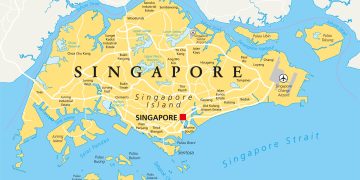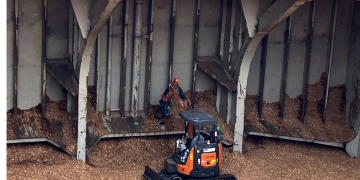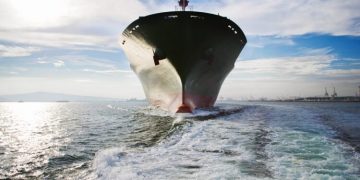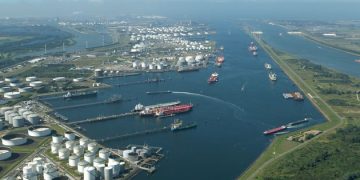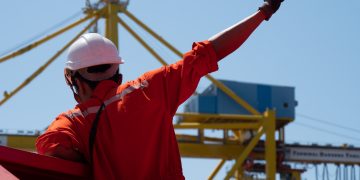Slower steaming could cut ship emissions by 15%
Regulated slow steaming in maritime transport Report If ships were obliged to immediately cut their speeds, they could also slash 15% of their carbon emissions and save billions in lower ship fuel bills, according to a new report.The report, 'Regulated slow steaming in maritime transport' by the consultants CE Delft, says that if global average maritime speeds were reduced by 10%, carbon dioxide savings would rise to 19%, even after the cost of building and operating new ships to make up for lost capacity was considered."Regulated slow steaming can produce emissions reductions by 2030 and 2050 which rival any other reduction option being considered at IMO or EU level," said John Maggs of Seas At Risk, one of the groups that commissioned the report."And it can do so with a sizeable economic gain."TheInternational Maritime Organisation, or IMO, is the UN body that oversees shipping safety and pollution.International shipping currently accounts for some 4.5% of global CO2 emissions but unless action is taken, the UN Environment Programme predicts that this figure could rise to between 10% and 32% by 2050.Kyoto ProtocolIn 1997, the Kyoto Protocol called on the IMO to reduce emissions from international shipping but agreement has proved elusive.Last May, ...
Read more














